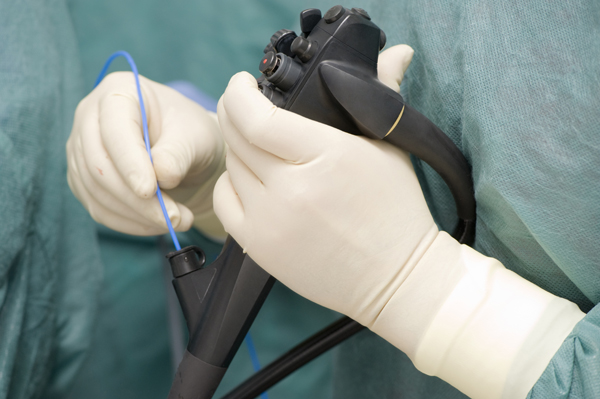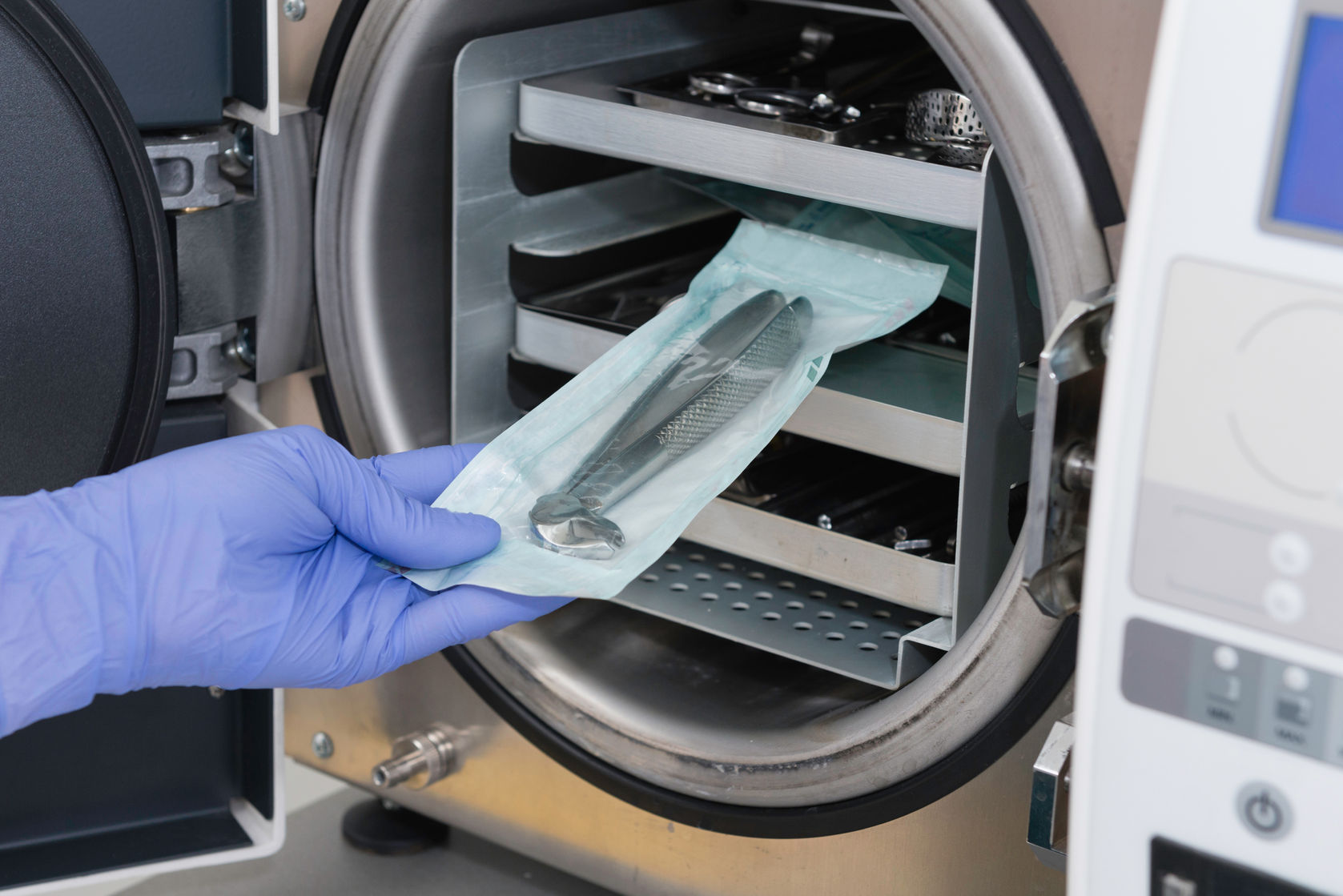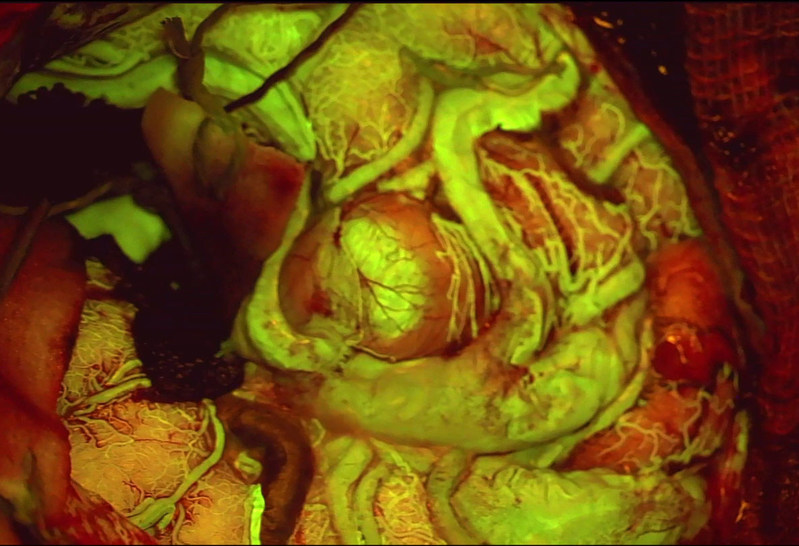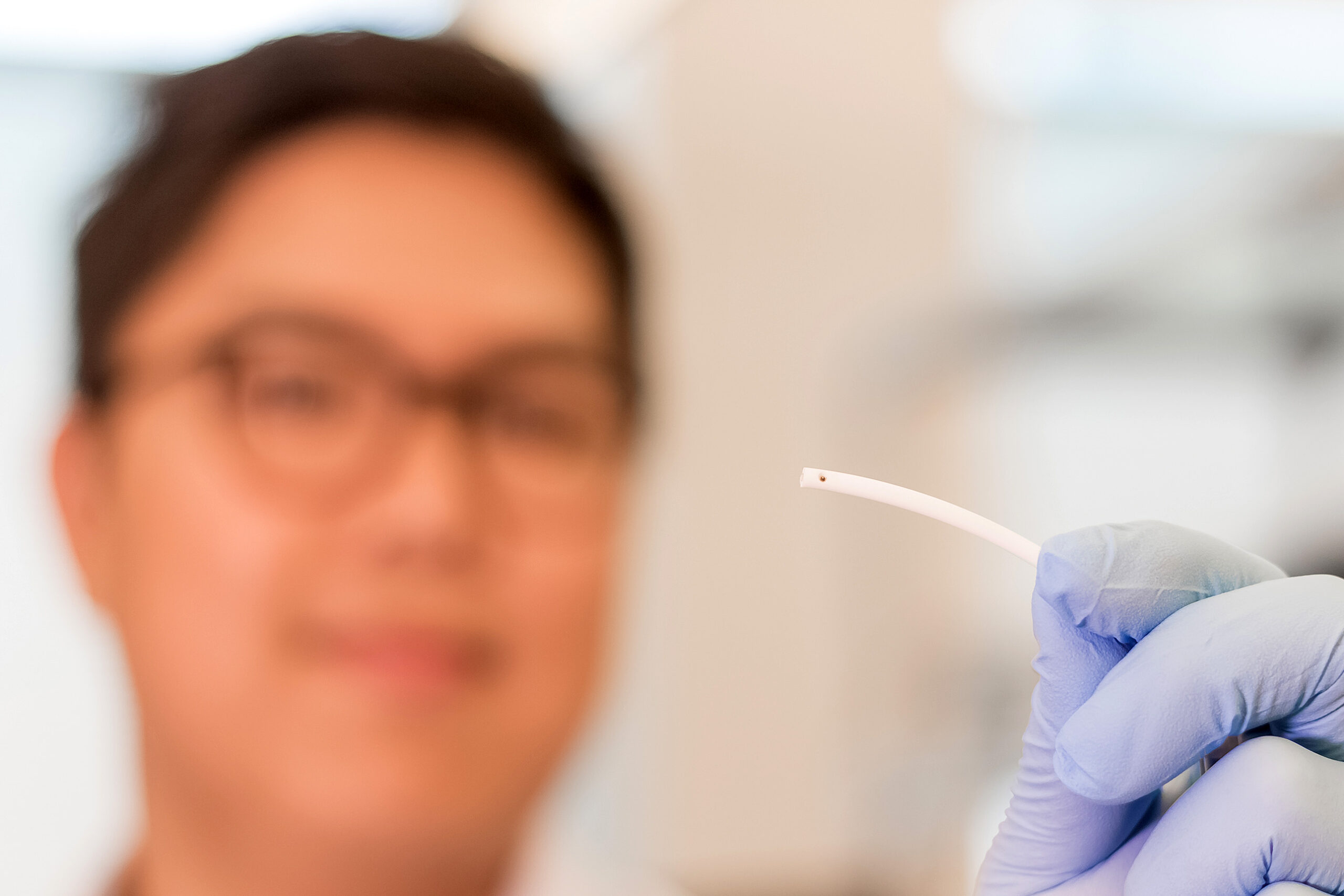Like other reusable medical devices, bronchoscopes must be thoroughly cleaned and sterilized between procedures. However, the level of contamination remaining after reprocessing has led some to speculate that single-use bronchoscopes might be a safer option for patients.
In 2017, a study supported by 3M Company and Healthmark Industries was conducted to investigate the sterility of the bronchoscopes after reprocessing. Three large hospitals in the US were include in the research, two of which were designated as transplant centers, where 24 flexible bronchoscopes in use were inspected after cleaning and disinfection.
Using microbial cultures, along with protein, hemoglobin and ATP-detecting tests, the research team found that all of the bronchoscopes examined retained some residual contamination after manual cleaning. Nearly 60 percent of these devices also tested positive for the presence of microbes including mold, and species of Stenotrophomonas maltophilia and E. coli/Shigella.
What’s more, all of the bronchoscopes had some level of visual damage, such as fluid retention, residue, scratches and debris.
“Damaged and contaminated bronchoscopes were in use at all sites,” said the authors of the Chest Journal study. “Inadequate reprocessing practices may have contributed to bioburden found on bronchoscopes. However, even when guidelines were followed, high-level disinfection was not effective.”
Overall, the results of this study suggest that disposable, single-use bronchoscopes may be a better option until reprocessing procedures can be brought up to standards.
“A shift toward the use of sterilized bronchoscopes is recommended,” said the authors. “In the meantime, quality management programs and updated reprocessing guidelines are needed.”
Interestingly, single-use bronchoscopes may be more economical compared to their reusable counterparts. According to another study conducted in 2017 and published in PharmacoEconomics, the cost of a disposable bronchoscope comes in around $305, compared to $424 for a device capable of being reprocessed.
“Flexible endoscopes raise specific problems because they are costly to purchase, reprocess, and repair; they are not always available when you need them; and their use risks exposing patients to infections,” Lars Marcher, CEO and President of device maker Ambu A/S told MD+DI. “We believe that the challenges in flexible endoscopy should be addressed with single-use devices, and for more than a decade we have been harnessing the technology.”












Join or login to leave a comment
JOIN LOGIN